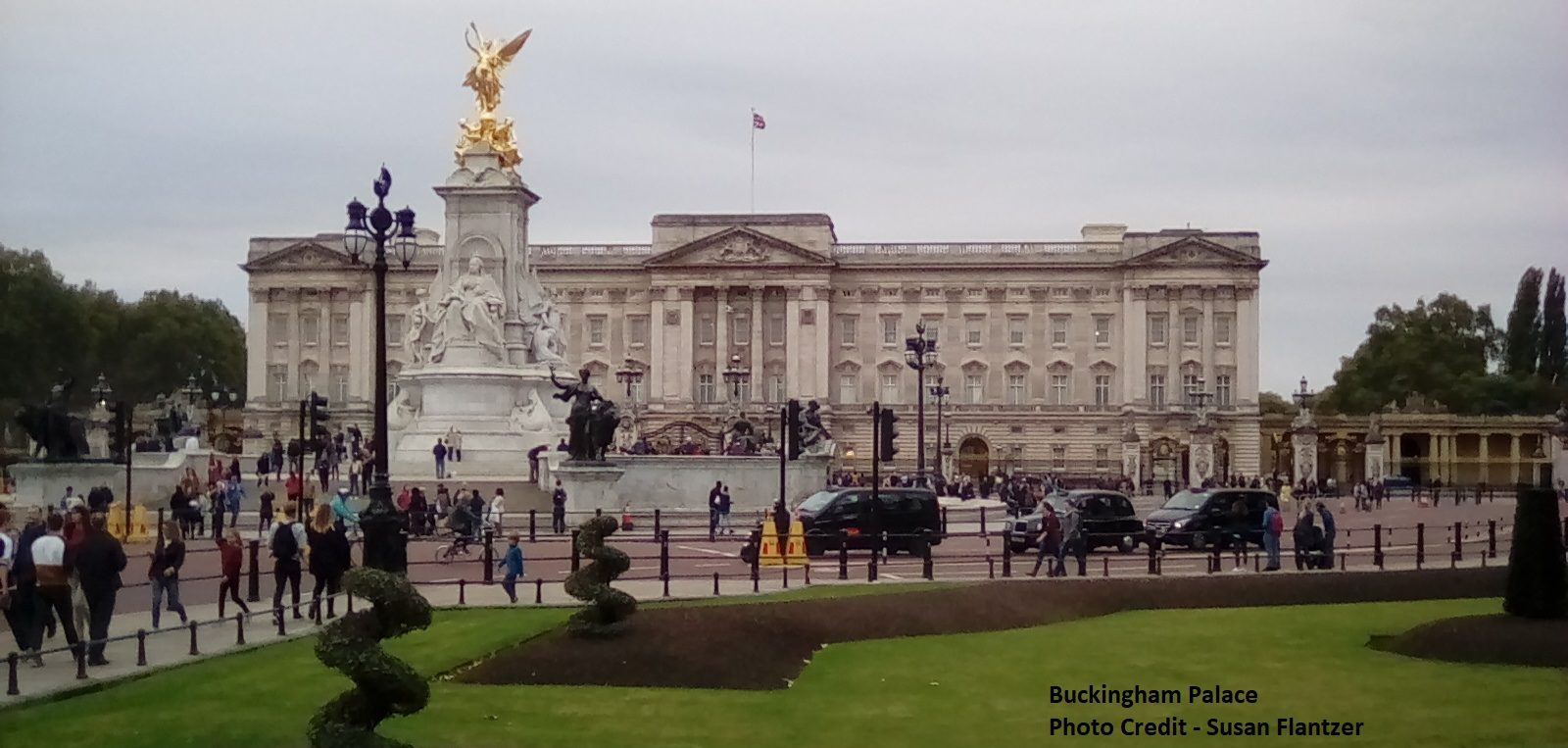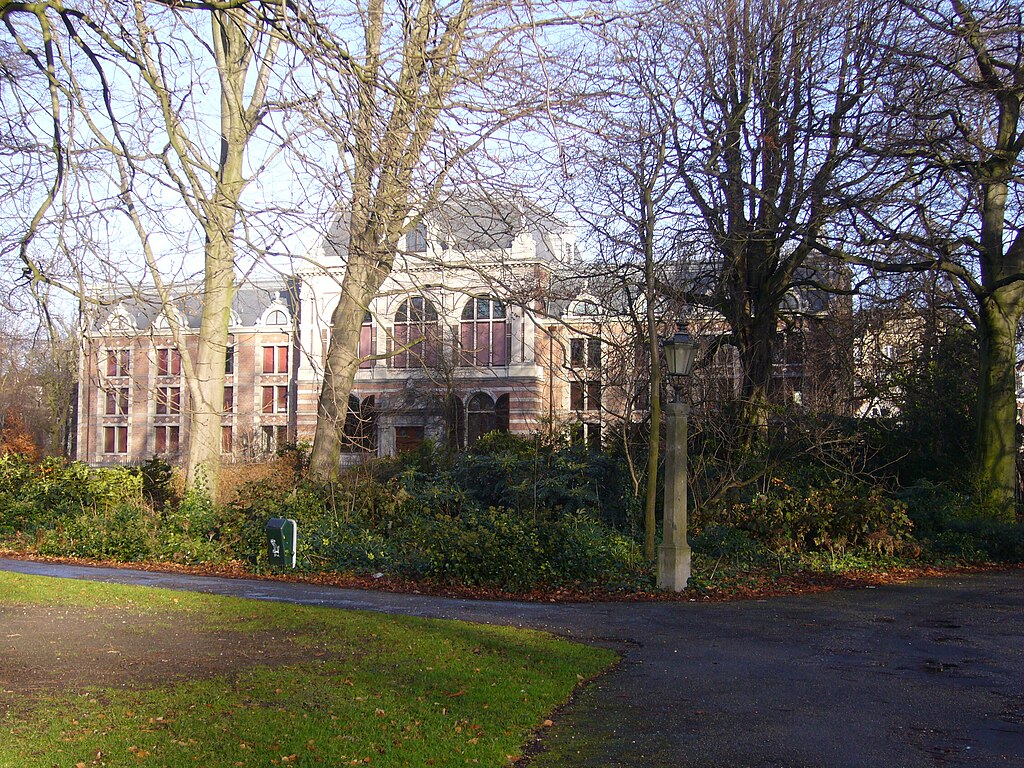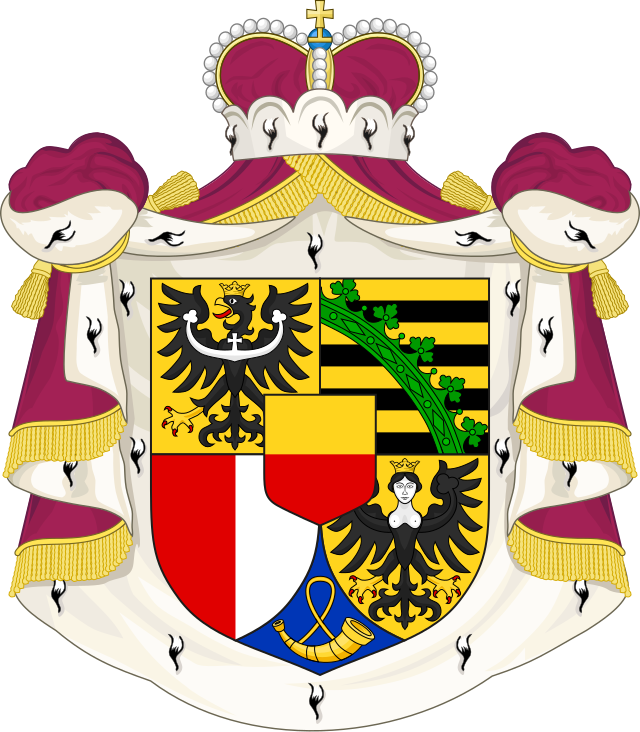by Scott Mehl © Unofficial Royalty 2015
The Royal Palace of Amsterdam
The Royal Palace of Amsterdam is one of the primary palaces of the Dutch monarchy. Owned by the Dutch State, it is one of three palaces placed at the disposal of the Sovereign (along with Noordeinde Palace and Huis ten Bosch). Located in central Amsterdam, the palace sits on Dam Square next to the Nieuwe Kerk.
While once a royal residence, today it is used by the Dutch Royal Family for official functions, such as the annual New Year receptions and award presentations, and is the site of the formal welcoming ceremony during State Visits from foreign Heads-of-State. It is also used during the abdications and accessions of the Dutch sovereigns and has been the site of many balcony appearances by the Royal Family. It also houses guest apartments for visiting Heads of State. When not in use by the Royal Family, the palace is open to the public and is the site of several exhibitions each year.

The old town hall, from a painting by Jan van Kessel. source: Wikipedia
Originally the Town Hall, the building was turned into a Royal Palace by Louis Napoleon who became King of Holland in 1808. Following his abdication, and Hollands’ annexation by France, it was used as a residence for the French Governor. In 1813, Willem Frederik of Orange (son of the last Stadholder Willem V) returned and declared himself Sovereign Prince of the Netherlands, and eventually became King Willem I of the Netherlands. He returned the palace to the city but continued to use it for official functions, including the first State Visit in 1814, by Tsar Alexander I of Russia.
While King Willem I used the palace extensively, his two successors – Willem II and Willem III – used it just a few days each year during their reigns. Sitting empty for so long caused much criticism from the Dutch people and the government, which resulted in disagreements as to the actual ownership of the palace. It was eventually determined that the palace was legally owned by the City of Amsterdam. At the end of 1935, it was resolved to sell the building to the Dutch State, and designate that it be permanently at the disposal of the Sovereign. Queen Wilhelmina inaugurated the palace and used it as her winter residence in the last years of her reign.
Queen Juliana and Queen Beatrix used the Royal Palace primarily for official functions while living elsewhere (Soestdjik Palace and Huis ten Bosch, respectively). And King Willem-Alexander continues this tradition.
The Council Chamber, also known as the Moses Hall (Moseszaal), originally served as the meeting room of the city council when the palace was still the Town Hall. It was later used as a concert hall, and for the Council of State. It takes its name from several of the paintings depicting Moses which adorn the room. In 2013, the Moseszaal was the site of the abdication ceremony of Queen Beatrix, just as it was for Queen Juliana in 1980.
The Citizens Hall is the grand hall in the center of the palace. At 120 feet in length, 60 feet in width and 90 feet in height, it is the largest and grandest room in the palace. The marble floor features maps of the eastern and western hemispheres of the globe (seen in the above photo with low metal railings around them), detailing Amsterdam’s colonial influence. The current hemispheres were made in the mid-1700s, replacing earlier maps from the 1650s. The Citizen’s Hall is often the site of palace exhibits and was the site of a reception following the inauguration of King Willem-Alexander in 2013.
The Balcony dates from 1808 when it was installed as part of the changes made to the palace by Louis Napoleon. It was later reduced to its current size and design. The former railings were removed and replaced with medallions featuring the gold lion of the Kingdom of the Netherlands. Overlooking Dam Square, the balcony is used by the Royal Family following significant events, such as royal weddings and the accession of a new sovereign.
Learn more about the other Dutch Royal Residences here!
This article is the intellectual property of Unofficial Royalty and is NOT TO BE COPIED, EDITED, OR POSTED IN ANY FORM ON ANOTHER WEBSITE under any circumstances. It is permissible to use a link that directs to Unofficial Royalty.
















































